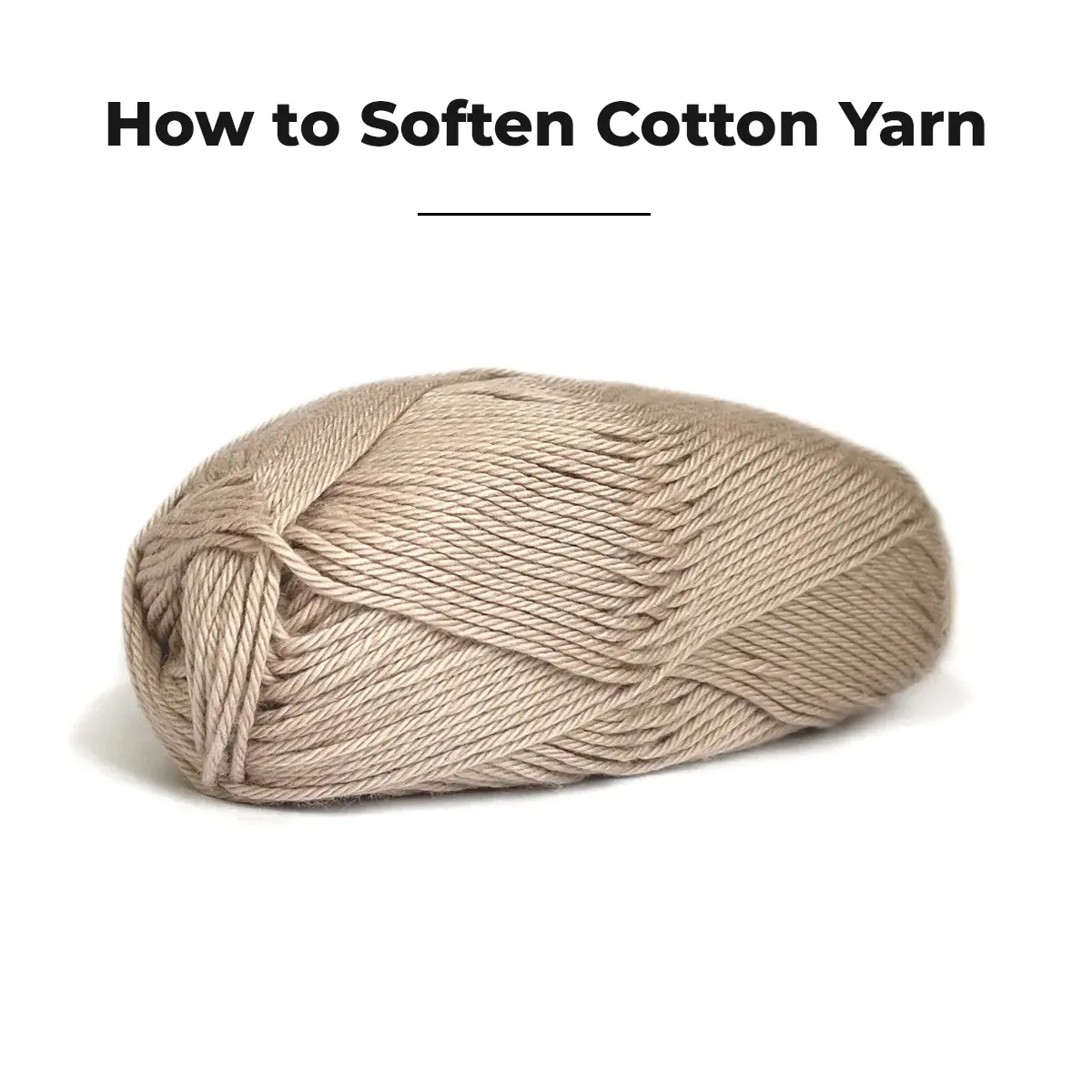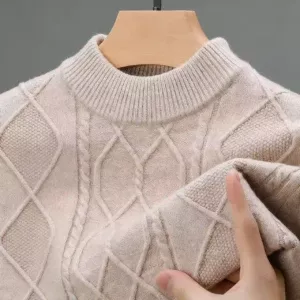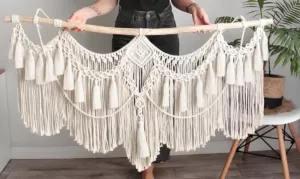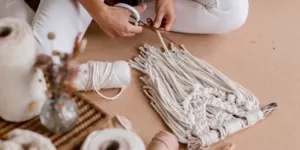How to Soften Cotton Yarn – Cotton yarn is a beloved choice for many crafters due to its natural, breathable qualities and versatility in a myriad of projects, from wearable items to home décor. However, the softness of cotton yarn can greatly vary. Understanding these variances and the factors that influence softness can help crafters choose the right yarn for their project and manipulate it to achieve the desired feel.
Natural Qualities of Cotton Yarn
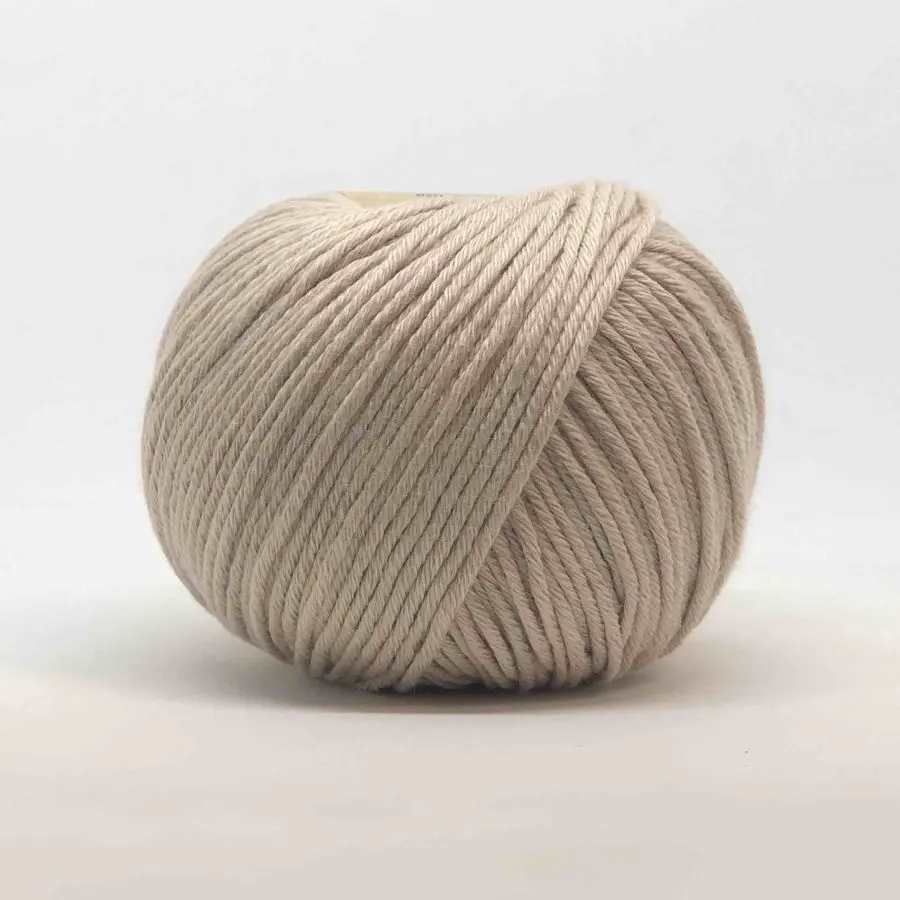
Cotton yarn is derived from the cotton plant, making it 100% natural, renewable, and biodegradable. It’s known for its cooling properties, making it perfect for summer garments and accessories. Its absorbency also makes it a popular choice for home items like washcloths and towels. One of the most appealing aspects of cotton is its potential for softness, which can provide a luxurious feel to finished projects. Yet, not all cotton yarns are created equal in terms of softness.
Factors Influencing Cotton Yarn Softness
- Fiber Length (Staple Length): Cotton fibers vary in length, and longer fibers (known as long staple cotton) often result in softer yarn. The length of the fiber can affect both the spinning process and the yarn’s final texture. Examples of long-staple cotton include Egyptian and Pima cotton, both known for their superior softness.
- Fiber Processing: The way cotton is processed can dramatically impact the softness of the yarn. Cotton can be combed or carded, with combing removing short fibers and leaving behind a smoother and softer yarn. Furthermore, mercerized cotton has undergone a chemical treatment that not only increases luster but also enhances softness.
- Twist: The amount of twist given to the fibers during the spinning process can affect the yarn’s softness. Yarn with a higher twist might be stronger, but it can also feel rougher. Conversely, a lower twist usually results in a softer yarn but can affect durability.
- Yarn Construction: The structure of the yarn itself, whether it’s a single ply or multi-ply, can influence its softness. Single-ply yarns tend to be softer and loftier, although they may be less durable than their multi-ply counterparts.
- Treatment and Dyes: Post-spinning treatments, including the application of dyes and finishes, can affect the softness of cotton yarn. Some finishes are applied to enhance the softness, while some dyes may slightly stiffen the yarn.
- Environmental Factors and Farming Practices: The origin of the cotton and the methods used to grow and harvest it can also play a role in the fiber’s quality and softness. Organic cotton, for example, is often prized for its softness and sustainability.
Softening Techniques While You Work
Creating a soft and cozy texture in your projects starts with the cotton yarn you choose, but it doesn’t end there. The way you handle the yarn while crocheting or knitting, as well as the introduction of natural oils, can significantly influence the softness and overall feel of the finished piece. Here are some techniques to help you achieve that desired softness as you work on your project.
Crocheting or Knitting Considerations: Adjusting Tension to Avoid Stiffness
One of the most effective ways to ensure your project turns out soft and supple is by controlling the tension you apply while crocheting or knitting.
- Relaxed Tension: A tight tension can lead to a stiff fabric, which might not be ideal for projects where a softer drape is desired. Try to relax your grip and allow the yarn to glide smoothly through your fingers. This may take some practice, especially if you’re naturally inclined to work with a tighter tension.
- Needle and Hook Size: Using larger needles or hooks than recommended can create a looser stitch, which often results in a softer fabric. Experiment with sizes to find the right balance between stitch definition and softness.
- Stitch Choice: Some stitches naturally create a denser fabric. Opt for stitches that allow more space between yarns, such as lace patterns or simple garter and stockinette stitches, to enhance softness.
Understand How the Natural Oils from Your Hands Can Help in Softening the Yarn
The natural oils and lotions on your hands can also play a significant role in softening cotton yarn as you work with it.
- Natural Oils: As you handle the yarn, the natural oils from your skin transfer to the fibers, helping to soften and condition them over time. This is a gentle and natural process that can enhance the feel of the yarn without damaging its structure.
- Applying Lotions: Before starting your crafting session, apply a small amount of hand lotion. Choose a lotion that’s not too greasy and doesn’t contain harsh chemicals or strong perfumes, as these can affect the yarn’s color or integrity. This not only keeps your hands soft but also helps to condition the yarn as you work with it.
- Frequency of Application: If you’re working on a large project, you might find reapplying lotion periodically can continue to transfer softness to the yarn. However, be mindful of the amount used each time to avoid the yarn becoming greasy or slippery.
These techniques not only contribute to the physical softness of your cotton yarn projects but also enhance the pleasure and comfort of the making process itself. By adjusting your tension and utilizing the softening effects of natural oils and lotions, you can significantly improve the tactile quality of your finished work.
Special Treatments and Considerations for Cotton Yarn
When working with cotton yarn, two areas significantly influence the final texture and appearance of your projects: yarn mercerization and the application of homemade natural softeners. Understanding these aspects can help you make better choices for your crafts, ensuring you achieve the desired softness and durability.
Yarn Mercerization: Choosing the Right Type of Cotton Yarn
Mercerization is a textile finishing treatment for cotton and cotton-blend yarns that not only improves the luster and sheen but also enhances the strength and dye-uptake capability of the yarn. Knowing about mercerized cotton can help you select the best type of yarn for your project.
What is Mercerization?
Mercerization is a chemical process where cotton yarn is treated with a caustic soda solution under tension. This causes the fibers to swell, straighten, and become more uniform, resulting in a silky sheen and increased strength. The process also makes the cotton more receptive to dye, yielding vibrant colors.
Considerations for Your Project:
- Texture and Appearance: Mercerized cotton has a more reflective surface and a smoother texture. Consider this type of cotton if you’re looking for a slight sheen and enhanced color vibrancy in your project.
- Durability: The process strengthens the fiber, making mercerized cotton more durable and less prone to shrinkage. It’s ideal for items that require frequent washing or for decorative pieces.
- Absorbency: While it gains in strength and luster, mercerized cotton loses some of its absorbency. If you’re making items like washcloths or towels, unmercerized cotton might be more suitable due to its higher absorbency.
Understanding these attributes can guide you in choosing between mercerized and unmercerized cotton yarns based on the needs of your specific project.
Creating Natural Yarn Softeners
Commercial softeners often contain chemicals that may not be the best choice for sensitive skin or those preferring natural alternatives. Here’s how you can create your own natural yarn softeners at home:
Vinegar and Baking Soda Softener:
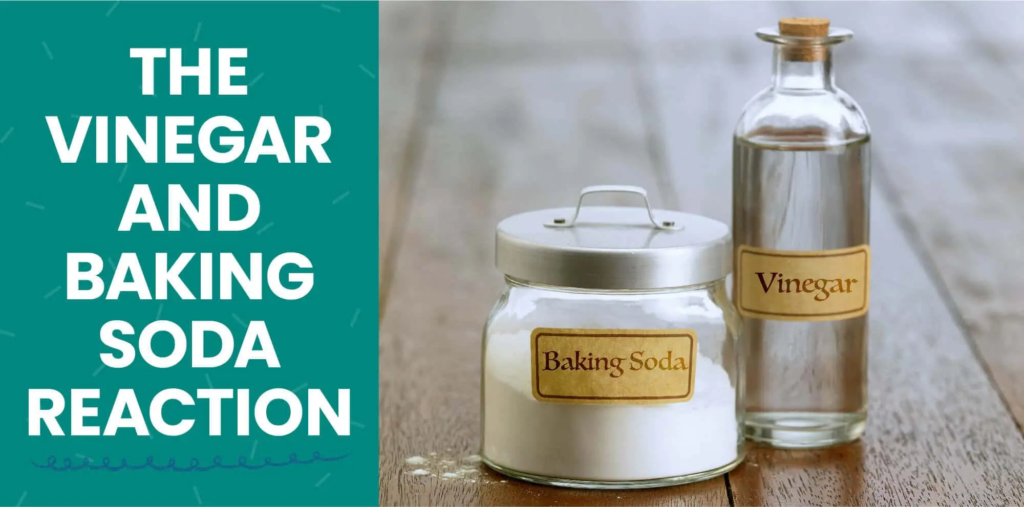
- Ingredients:
- 1 cup of distilled white vinegar
- 4 cups of water
- 1 tablespoon of baking soda
- Instructions:
- Mix the vinegar and water in a bowl or basin large enough for your yarn or finished project.
- Soak your cotton item in this solution for up to an hour. Vinegar helps in softening the fibers naturally and removes soap residue.
- Add baking soda to the mixture in the last few minutes. This can cause it to fizz, which helps in thoroughly cleansing and further softening the yarn.
- Rinse thoroughly with cool water until the smell of vinegar is gone.
- Press out excess water gently and lay flat to air dry.
Hair Conditioner Softener:
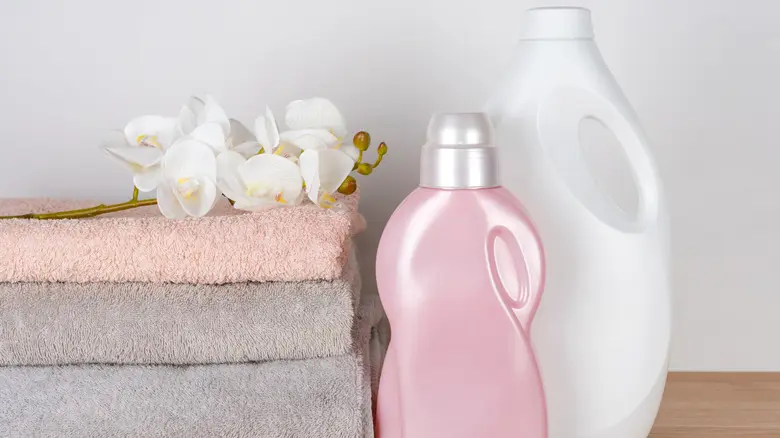
- Ingredients:
- 2 to 3 tablespoons of hair conditioner (ensure it’s natural and free of silicones)
- 4 cups of warm water
- Instructions:
- Dissolve the hair conditioner in warm water to create a softening bath.
- Soak the cotton item for about 30 minutes.
- Rinse gently with cool water without squeezing. The conditioner coats the fibers, leaving them softer.
- Air dry as recommended.
These natural alternatives are not only gentle on the fabric but also environmentally friendly choices that can enhance the softness of your cotton yarn projects while being safe for use by people with sensitive skin.
In summary, by considering the benefits of yarn mercerization and utilizing homemade natural softeners, you can ensure your cotton yarn crafts are both beautiful and comfortable, tailored to the specific needs of your project and the preferences of the user.

